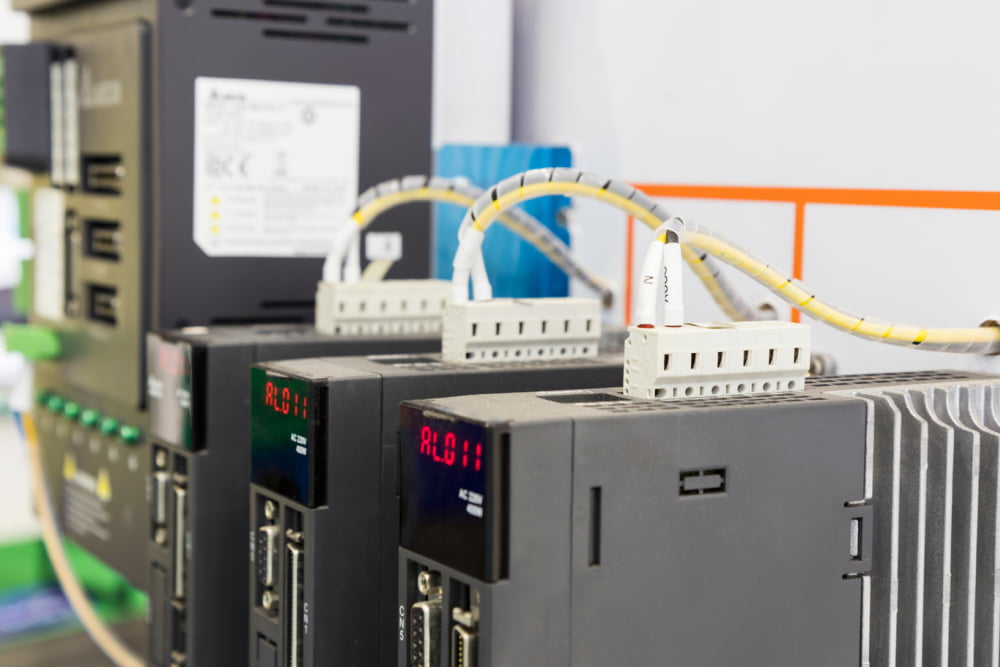8 types of industrial machinery and their uses

Some factories design, produce, and assemble heavy machines and tools. The equipment is used in the country’s manufacturing, construction, and other industries to make things easier for the workers. While understanding how they work and operating them can be tricky, these machines help mold several individuals’ lives and careers. Therefore, now is a good time to learn about the various types, uses, and average costs of the most common industrial machinery.
Agricultural machinery
Agricultural machinery includes various types of equipment designed for crop production and farming. Their price varies significantly based on their type and size. A smaller tractor may cost about $20,000, while specialized combine harvesters could exceed $500,000. The benefits of agricultural machinery are endless:
- Agricultural machinery helps in crop farming, where it is used to plant, cultivate, and harvest crops.
- The machinery has implementations in livestock farming, too. Businesses use certain tools for feeding, milking, and managing animals.
- Irrigation equipment is used to water crops automatically when needed, while fire sprinkler systems come in handy in case of a fire.
Industrial furnaces
Several industries use furnaces to heat raw materials and prepare them for production. Certain electric and fired industrial furnaces offer temperature control to complete the heating process correctly and safely. One should note that the cost of industrial furnaces could range from thousands to millions of dollars based on their size, temperature capacity, industrial applications, and brand. They are used in several industries:
- Metallurgy industries heat-treat materials. The process improves the durability and strength of metals and makes them more suitable for further applications.
- Glass manufacturers use industrial furnaces to melt and shape glass products.
- Ceramic manufacturers use furnaces to sinter ceramic, which increases its hardness and density. They also use furnaces for other purposes, like co-firing, annealing, powder processing, and flattening.
Mining machinery
Mining machinery helps extract various minerals and resources from the surface and subsurface of the earth. One should note that mining equipment could have a varied cost based on factors like its size and features. The price could vary from thousands of dollars for basic machinery to millions for larger-scale options. Their most common applications are discussed below:
- Mining equipment is used to excavate, haul, and drill minerals.
- Some companies use heavy machinery for earthmoving tasks on large-scale projects, such as the construction of buildings.
- Mining equipment is also handy for extracting oil and gas at drilling sites.
Food machinery
The price of food machinery can differ by a significant margin. A smaller appliance may cost a few hundred dollars, while large-scale options cost thousands of dollars. Food machinery is primarily used for preparing and packaging numerous food items. Here’s a closer look:
- It could be used for food processing, cooking, and packaging various food items, such as bakery, dairy, meat products, and snacks.
- Bottling and canning operations for products, including soft drinks and juices, are carried out with food machinery.
- Handling frozen food products needs dedicated machinery.
Oil and gas equipment
This category covers a wide range of machinery. The primary implementation of oil and gas equipment is to extract, process, and transport oil and natural gas resources to populated areas, where they have several uses. Such equipment easily ranges from thousands of dollars to millions. Its cost is dependent on its applications and scale. Some specific uses of oil and gas equipment are discussed below:
- Oil and gas machinery like rotary drills and drill rigs are used to extract oil and gas from wells.
- Some businesses use special equipment to process raw crude oil into usable products.
- Various types of machinery in this avenue are used to lay pipelines that transport oil and gas from production sites to refineries and distribution centers.
Forklifts
A forklift is a motor-driven industrial truck for lifting and moving goods on pallets within various settings. It usually costs between $20,000 and $50,000. However, the size of the motorized truck and built-in features could sometimes drive its price way beyond $1,000,000! Let’s look at some popular uses of forklifts:
- Forklifts are usually seen in warehouses, where they are used to load and unload goods from trucks. They also help stack and retrieve items from high shelves.
- The motorized machinery also has implementations in recycling operations. It helps unload the recycling trucks or containers and transport their contents to the sorting bays.
- Forklifts help transport heavy construction materials and equipment from one site to another.
Welding and metalworking machinery
Some industries use welding and metalworking equipment to join and give metals their shape. The machinery usually starts at about $200 for basic models. Specialized options could exceed the $10,000 threshold. Here are some uses one should know:
- Welding and metalworking equipment tools are commonly used in construction to weld structural steel and metal frameworks.
- Factories may also require welding machines and plasma cutters to manufacture metal components, which may have further applications.
- Vehicle spare parts are usually manufactured with the help of welding and metalworking equipment.
Generators and power machinery
This type of machinery helps generate electricity and power for various industrial tasks in different regions. A small portable generator may cost a couple hundred dollars, while larger industrial generators may sell for $10,000 or higher. Their uses are as follows:
- Generators and power machinery usually come in handy at construction sites, where they help power tools and equipment.
- The machinery could create systems for backup power in case of outages or provide electricity to remote locations.